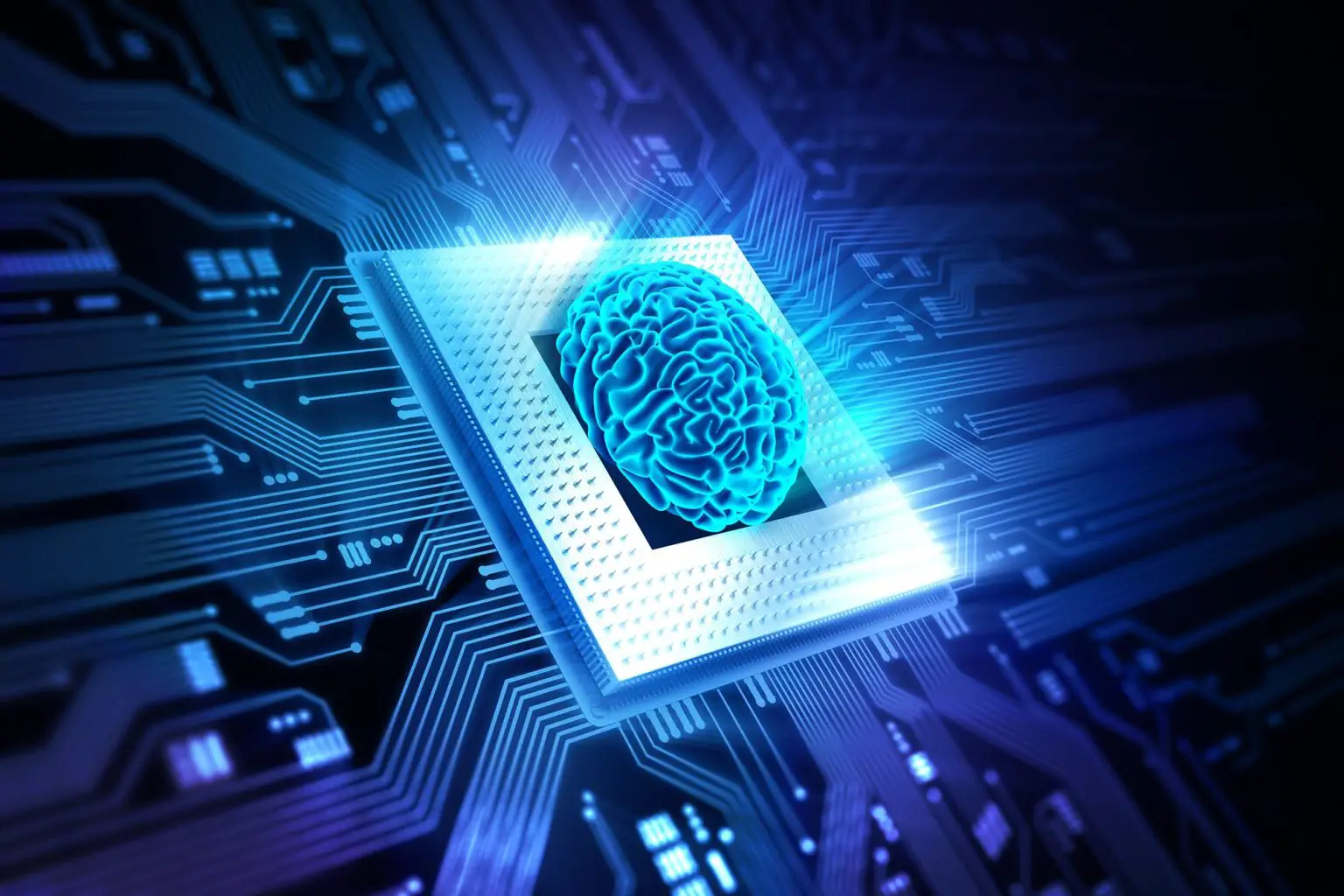New types of simulations are used to develop neural networks.
Researchers can use computer games to create accurate models of brainwaves in certain situations.
Researchers "borrow" game algorithms for analyzing molecular interactions.
Researchers used combat game algorithms to simulate molecular algorithms. That kind of thing opens new perspectives for predicting molecular interactions. The ability to follow molecular behavior and then connect certain algorithms to certain data storage makes it possible to make algorithms that predict molecular interactions.
In this version, the system takes images of molecular interactions, and then the AI selects algorithms that have the best match for certain interaction series. And that thing allows us to create algorithms that simulate interactions in certain chemical and physiological environments. In certain chemical and physical environments, similar molecules are always interacting similarly. If some molecules interact differently, that means there is some anomaly in their environment.
"Researchers have utilized combat video game algorithms to analyze molecules’ movement within brain cells, a method previously used to track bullets. This innovative approach has shed light on brain cell activity, paving the way for advancements in neuroscience research." (ScitechDaily.com/Video Games Spark Exciting “New Frontier in Neuroscience”)
AI and augmented reality are things that can prepare people for multiple situations, from everyday social meetings and car driving to complicated surgery and military situations.
AI, virtual reality, and augmented reality are tools that can be used to research brain signals. That technology can be used to make "false memories" or give people new skills for many things, from everyday actions and threats to military-intensive technology. We don't even know what kind of things AI and augmented reality can do.
We know that military intelligence can give pre-experience in combat situations and make troops train in artificially modeled operational areas. Those things allow troops to handle situations better. But that kind of synthetic experience can make it possible to increase surgeons' and car drivers' abilities to prepare better for their first surgery or driving experience.
Augmented reality makes it possible to analyze brain waves in certain situations. And that helps to make systems that can read the mind. Those systems could project thoughts and imagination onto the computer screen.
The next-generation AI-based neural networks use similar structures to the human nervous system.
1) The binary layer is responsible for reflexes. The reflex is a pack of preprocessed data. The preprocessed data pack that fits a certain situation activates a certain reflex, which can be a tape record or movement series.
2) Quantum CPU (central processing unit) that creates the new action models for reflex systems When binary systems cannot respond for some reason, the quantum CPU makes that response and interconnects the data stored in the system.
We know many more things about brains and their ways of operating. The next-generation intelligent neural networks handle information more like brains than traditional binary computers. The next-generation neural networks are tools that handle information in a multi-layer architecture.
The binary systems that control sensors are like reflex systems. They give fast but limited responses to situations that sensors see. But when a system requires complex analysis and deliberation, that system uses the Quantum computer to find those solutions.
https://scitechdaily.com/video-games-spark-exciting-new-frontier-in-neuroscience/
https://technologyandfuture4.wordpress.com/2023/08/23/new-types-of-simulations-are-used-to-develop-neural-networks/





No comments:
Post a Comment
Note: Only a member of this blog may post a comment.